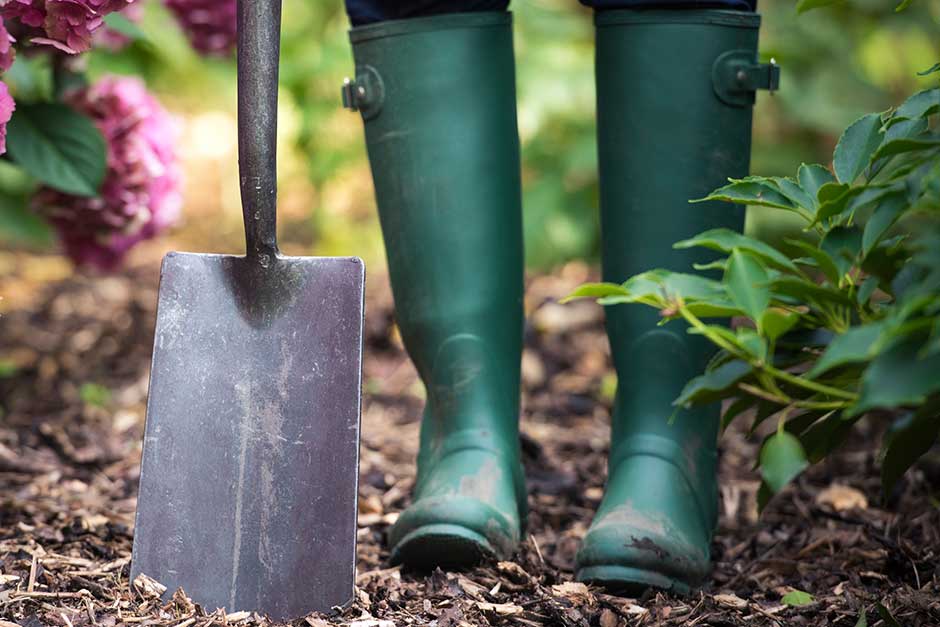
Introducing...
Carex
Common name: sedge
These grass-like plants are grown mainly for their typically evergreen leaves, which combine well with other ornamental grasses and are used in prairie-style plantings of robust summer-flowering perennials. The types for wet soil can be grown at the edges of ponds.
Looks
Arching leaves, produced in clumps, can be pale to dark green, bluish-grey, bright yellowish-green or bronze-purple. They can also be edged and striped with white or cream. The often brown, inconspicuous flowers appear in summer-autumn.
Likes
Most carex prefer reliably moist soil in sun or light shade. A few like wet soil, with others preferring acid soil. Bronze-leaved varieties produce their best leaf colour when grown in sun.
Dislikes
Most sedges will not do well in dry soils or in deep shade.
Did you know?
What distinguishes a sedge from a grass is the flowering stems, which are triangular in cross section and solid, rather than round and hollow.
Growing guide

How to grow carex
All the information you'll need to grow and care for Carex can be found in the RHS Guide to ornamental grasses.
Carex we recommend
Carex dipsacea 'Dark Horse'
sedge 'Dark Horse'
- 0.5–1 metres
- 0.1–0.5 metres
Carex oshimensis 'Evergold' (v)
Japanese sedge 'Evergold'
- 0.1–0.5 metres
- 0.1–0.5 metres
Carex elata 'Aurea'
Bowles's golden sedge
- 0.5–1 metres
- 0.1–0.5 metres
Carex dipsacea 'Dark Horse'
sedge 'Dark Horse'
- 0.5–1 metres
- 0.1–0.5 metres
Carex oshimensis 'Evergold' (v)
Japanese sedge 'Evergold'
- 0.1–0.5 metres
- 0.1–0.5 metres
Carex elata 'Aurea'
Bowles's golden sedge
- 0.5–1 metres
- 0.1–0.5 metres
Useful Advice
Ornamental grasses: cutting back
Ornamental grasses: dividing

Perennials: cutting back
Get involved
The Royal Horticultural Society is the UK’s leading gardening charity. We aim to enrich everyone’s life through plants, and make the UK a greener and more beautiful place.


